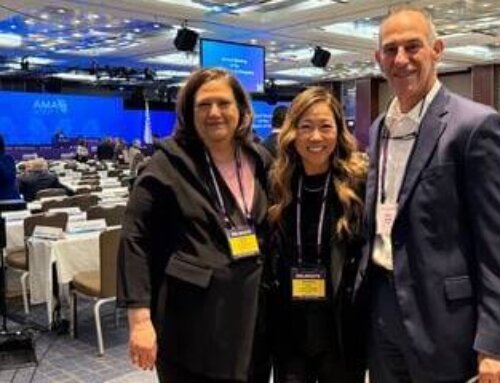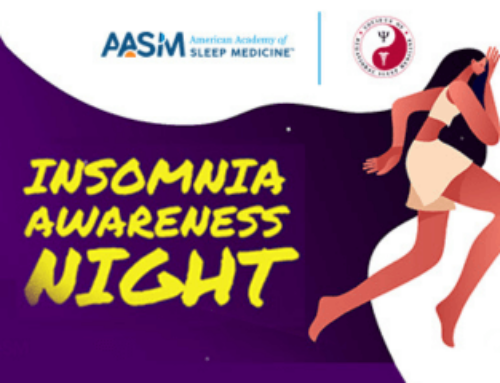Multiple Sleep Latency Test and Maintenance of Wakefulness Test used in diagnosis of sleep disorders
DARIEN, IL – The American Academy of Sleep Medicine has updated the recommended protocols for administering the Multiple Sleep Latency Test and Maintenance of Wakefulness Test to evaluate daytime sleepiness and alertness in adults.
The guidance, available online as an accepted paper in the Journal of Clinical Sleep Medicine, provides detailed information on patient management, testing procedures and reporting to ensure the tests provide high-quality data. Changes include new guidance on patient preparation, medication and substance use, sleep prior to testing, test scheduling, optimum test conditions, and documentation.
“There are many patients who struggle with sleep problems, especially excessive daytime sleepiness, who have not been diagnosed with or treated for a sleep disorder,” said task force chair Dr. Lois Krahn, professor of psychiatry at the Mayo Clinic in Arizona. “We need to have reliable tests that help us to recognize patients with sleep disorders so they can obtain relief that allows them to function better.”
The MSLT measures the time it takes an individual to fall asleep in a quiet environment during the day. It is calculated over a series of several nap opportunities. The faster the patient falls asleep, the greater the daytime sleepiness. The MSLT is used in the diagnosis of narcolepsy and idiopathic hypersomnia, and it can help assess ongoing sleepiness after the treatment of other sleep disorders such as obstructive sleep apnea.
The MWT measures an individual’s ability to stay awake. For this test, the patient is in a quiet and dim environment and tries to stay awake. The MWT is used to evaluate response to treatment for disorders associated with excessive sleepiness and to assess alertness in individuals who must remain awake for safety reasons.
The updated protocols recommend that patients get adequate sleep prior to testing. Another change calls for ending stimulating activities, including the use of electronic devices, 30 minutes before testing. Previous practice parameters allowed some activities to continue up to 15 minutes prior to testing.
“Following the testing protocols and standardizing reporting will increase the value of the MSLT and MWT results,” said Krahn.
The new guidance also specifically addresses how to administer the MSLT and MWT in more complex patients who may already have a sleep disorder or take medications that could interfere with testing. The paper includes detailed recommendations for tapering medications that can affect sleep architecture, including those used to treat excessive daytime sleepiness. Patients under treatment for obstructive sleep apnea should adhere to their normal treatment the night before and during each nap trial for the MSLT.
View more AASM practice guidelines.
###
To request a copy of the guidance, “Recommended protocols for the Multiple Sleep Latency Test and Maintenance of Wakfulness Test in adults,” or to arrange an interview with an AASM spokesperson, please contact the AASM at 630-737-9700 or media@aasm.org. Accepted papers, which are published online prior to their final inclusion in an issue, are not embargoed. The guidance is scheduled to be published in the December 2021 issue of the Journal of Clinical Sleep Medicine.
About the American Academy of Sleep Medicine
Established in 1975, the American Academy of Sleep Medicine is advancing sleep care and enhancing sleep health to improve lives. The AASM has a combined membership of 11,000 accredited member sleep centers and individual members, including physicians, scientists and other health care professionals..




